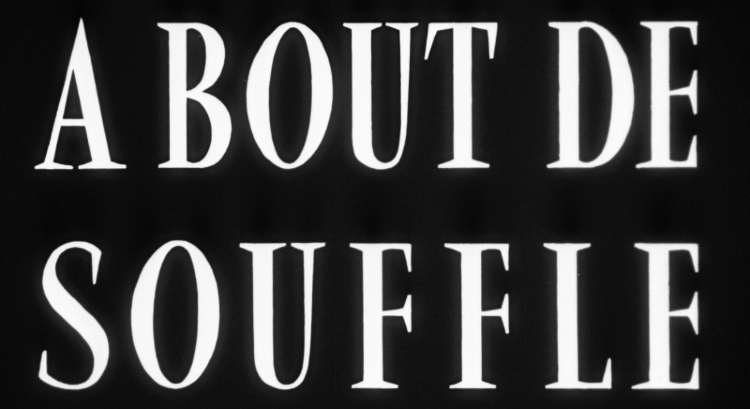The Kurosawa Retrospective marks a distinct contrast with the Japan Foundation's Hidden Treasures season from the 2008 Japanese Film Festival. Hidden Treasures, as the title suggests, highlighted some under-rated films from Japan's cinematic golden age, while the Kurosawa Retrospective showcases the work of Japan's most celebrated director.
Seven Samurai is Kurosawa's most widely-seen and critically acclaimed film. As in Rashomon, Toshiro Mifune's animalistic characterisation is offset by Takashi Shimura's stoic performance. Isao Kimura plays an overly effete samurai who picks flowers in the forest, and his affair with a local girl is unexpected. After a long build-up, the final hour (and especially the final reel) is an epic battle complete with cavalry, burning buildings, and a rainstorm. Kurosawa greatly admired John Ford, and Seven Samurai sometimes feels like a Hollywood western on an epic scale.
Kurosawa's contemporary dramas are even more fascinating than his medieval epics. Drunken Angel, for example, stars Shimura in the title role as a belligerent, alcoholic doctor whose bark is worse than his bite. Kurosawa intended the film as a condemnation of organised crime, though the young yakuza played by Mifune (in his first performance for Kurosawa) ultimately redeems himself before dying of tuberculosis. The film's dark themes (gangsters and corruption in post-war Japanese society, symbolised by a filthy, stagnant pond) are counter-balanced by a light musical score, much of which is diegetic. A slow-motion dream sequence, in which the yakuza is chased by his ghost after his coffin is washed up on a beach, seems rather incongruous, however.
Scandal, a didactic protest film like Drunken Angel, also stars Shimura and Mifune. An artist, played by Mifune, is photographed by the paparazzi (though they were not yet called paparazzi, as Scandal predates La Dolce Vita), and he hires a second-rate lawyer, played by Shimura, to sue the photographer's boss. Kurosawa initially highlights the opportunistic, sensationalist nature of tabloid journalism, though this is followed by a surprising shift in narrative emphasis: the lawyer becomes the central protagonist, and the film develops into a character study of this weak-willed though ultimately honourable man. In fact, the lawyer is the only fully developed character, with the others being rather one-dimensional. There is also an excess of sentimentality, with long carol-singing sequences and a sub-plot involving the lawyer's angelic, bed-ridden daughter.
The Kurosawa Retrospective runs from 6th to 19th January at SF World (CentralWorld). 6th January: Rashomon; 7th January: The Quiet Duel; 8th January: Judo Saga, The Most Beautiful, Judo Saga II, and The Idiot; 9th January: No Regrets For Our Youth, One Wonderful Sunday, Drunken Angel, and Scandal; 10th January: Stray Dog; 11th January: The Men Who Step On The Tiger's Tail; 12th January: Ikiru; 13th January: Seven Samurai; 14th January: I Live In Fear; 15th January: Throne Of Blood, The Lower Depths, and The Hidden Fortress; 16th January: The Bad Sleep Well, Yojimbo, Sanjuro, and Madadayao; 17th January: High & Low; 18th January: Red Beard; 19th January: Dodesukaden.
Two of Kurosawa's films will also be screened at the Japan Foundation after the Centennial Retrospective: Madadayao on 21st January, and Rashomon on 28th January. All screenings, at SF World and the Japan Foundation, are free.


